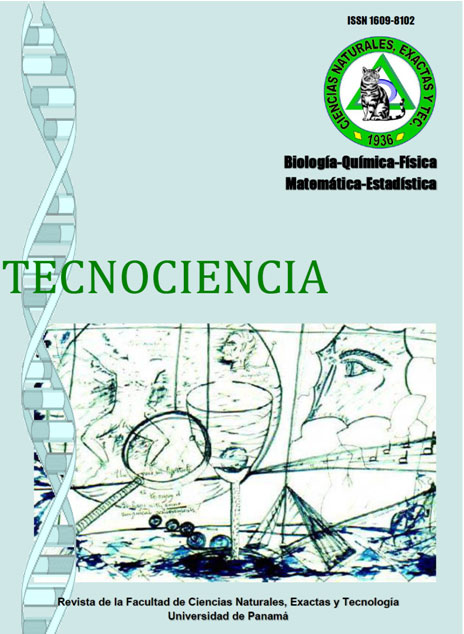

Panama is a unique terrestrial bridge of extreme biological importance. It is one of the ¨hot spots¨ in the world and occupies fourth place among the 25 most plant rich countries in the Americas, with 13.4% of endemic species. Panamanian plants have been screened for wide range biological activities: cytotoxicity, brine shrimp toxicity, antiplasmodial, antimicrobial, antiviral, antioxidant, imunosuppression, acetylcholine esterase inhibitors, and antihypertensive agents. This review has concentrated on ethnomedical uses of medicinal plants used by three Amerindian groups of Panama and on selected plants with novel structures and/or interesting bioactive compounds. During the last four decads a total of approximately 390 compounds from 86 plants have been isolated, of which 160 are new to the literature. Most of the work reported here has been the result of many international collaborative efforts with the scientists worldwide. Panamanian Flora is still an untapped source of new bioactive compounds. The potential for discovering new lead compounds is enormous.